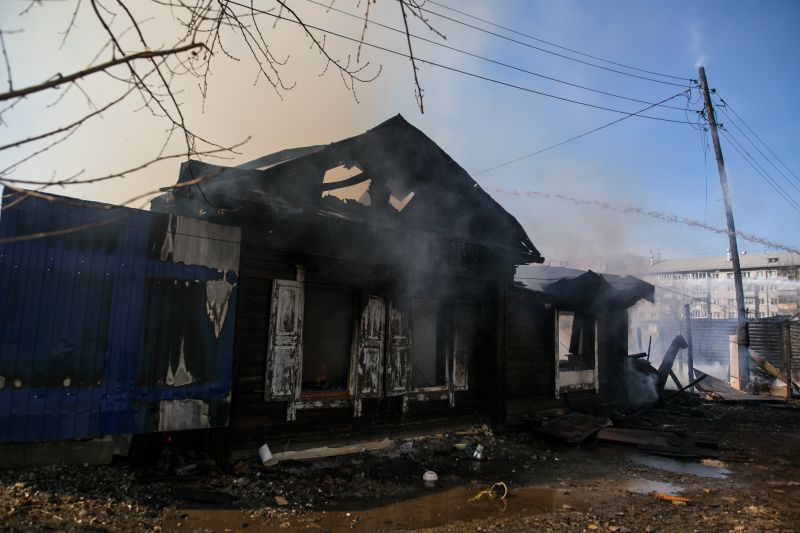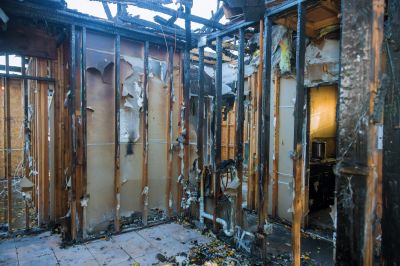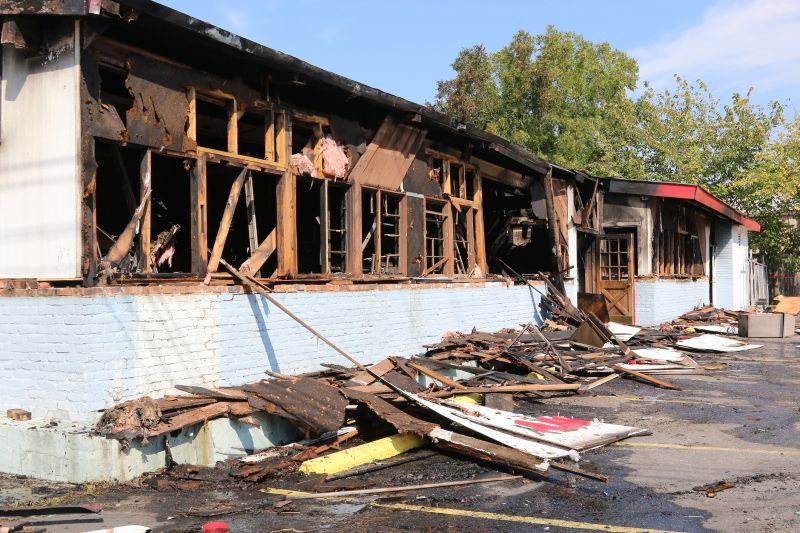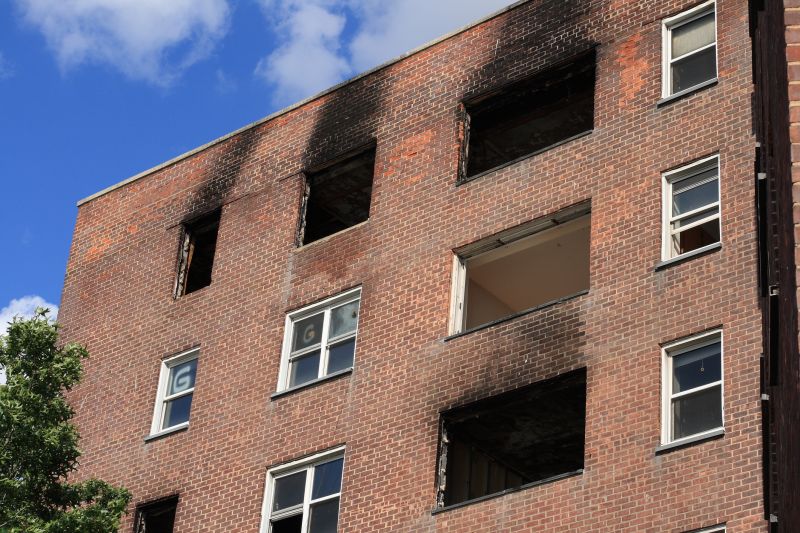Optimal Seasons for Fire Restoration
Fire restorations are most effectively performed during periods of stable weather, typically in the late spring and early fall. Mild temperatures and low humidity levels help facilitate the cleanup and repair processes, reducing the risk of further damage or delays caused by adverse weather conditions.
Performing fire restorations during these times can also minimize disruptions, allowing for quicker drying, cleaning, and reconstruction. It is advisable to avoid winter months when cold temperatures and snow can hinder restoration efforts, or peak summer when heat and humidity may complicate smoke and soot removal.
Spring and fall offer optimal conditions for fire damage repairs due to moderate weather and lower humidity levels.
Adverse weather like rain, snow, or extreme heat can delay restoration work and affect the quality of repairs.
Planning restorations during mild weather windows can lead to faster and more effective results.
Dry, stable conditions help prevent mold growth and further damage during the restoration process.

A property showing extensive smoke and soot damage after a fire.

Restoration professionals removing debris and soot from affected areas.

Rebuilding and repair work underway after fire damage cleanup.

Ways to make Fire Restorations work in tight or awkward layouts.

Popular materials for Fire Restorations and why they hold up over time.

Simple add-ons that improve Fire Restorations without blowing the budget.

High-end options that actually feel worth it for Fire Restorations.

Finishes and colors that play nicely with Fire Restorations.
| Season | Advantages |
|---|---|
| Spring | Moderate weather, ideal for detailed restoration work. |
| Summer | Longer daylight hours, faster project completion. |
| Fall | Cooler temperatures, low humidity for effective drying. |
| Winter | Potential delays due to cold, snow, and ice. |
Fire restorations involve a comprehensive process of cleaning, repairing, and rebuilding structures damaged by fire, smoke, and soot. The process includes soot removal, odor mitigation, structural repairs, and repainting, often requiring specialized equipment and techniques. Prompt action can help minimize long-term damage, mold growth, and structural deterioration.
Statistics indicate that timely fire restoration can significantly reduce repair costs and restore property value. The effectiveness of restoration efforts depends on the extent of damage and the conditions under which work is performed. Proper planning during suitable seasons ensures better outcomes and reduces the risk of secondary issues such as mold or further structural weakening.

Initial evaluation of fire and smoke damage to determine restoration needs.

Specialized cleaning techniques used to eliminate smoke residues.

Restoring structural integrity and aesthetic appeal after cleanup.

Little measurements that prevent headaches on Fire Restorations day.

A 60-second routine that keeps Fire Restorations looking new.

A frequent mistake in Fire Restorations and how to dodge it.

Small tweaks to make Fire Restorations safer and easier to use.

Lower-waste or water-saving choices for Fire Restorations.
Interested property owners can contact professionals to discuss optimal timing for fire restoration projects. Proper scheduling and preparation can enhance the effectiveness of repairs and help restore properties efficiently.


